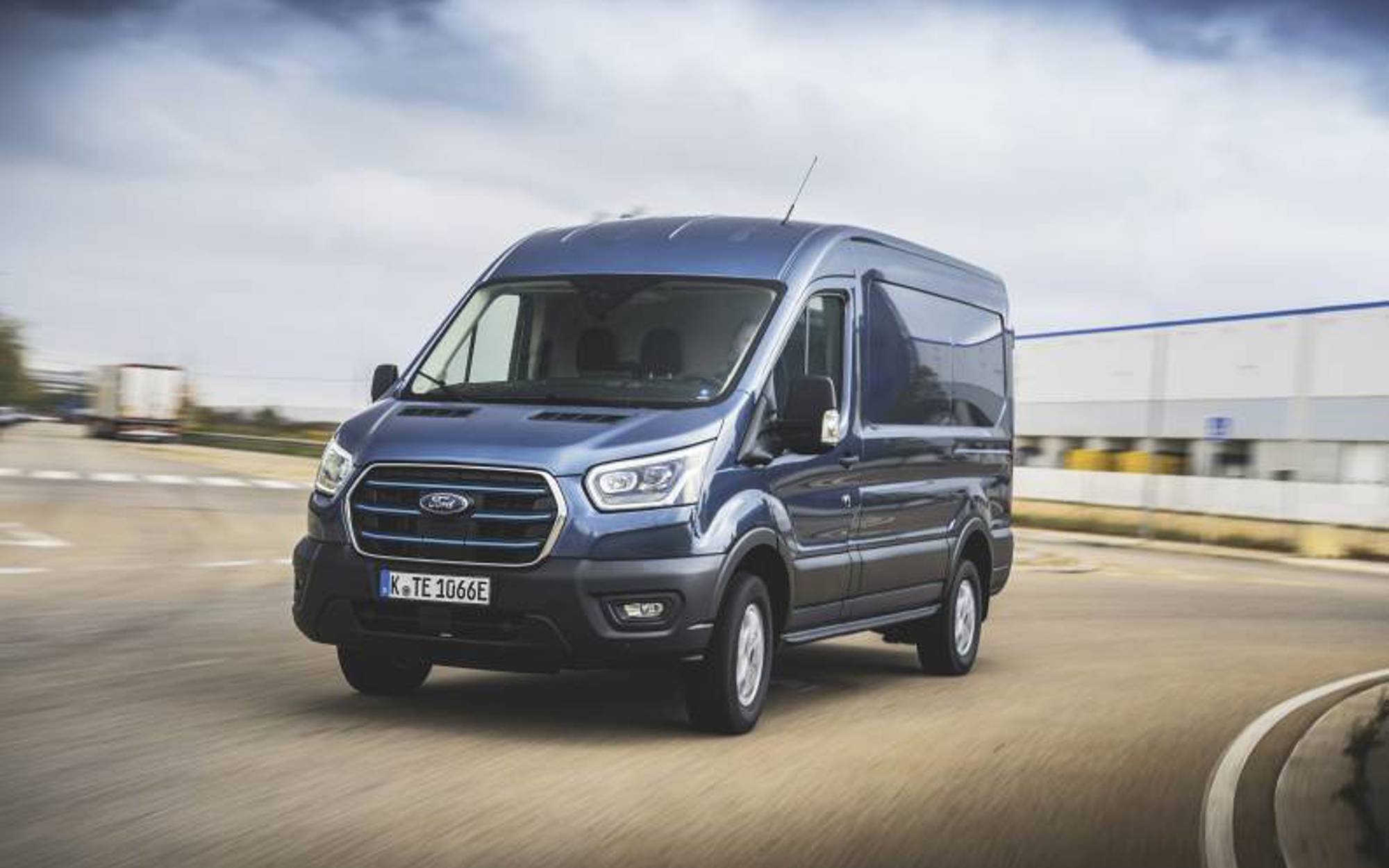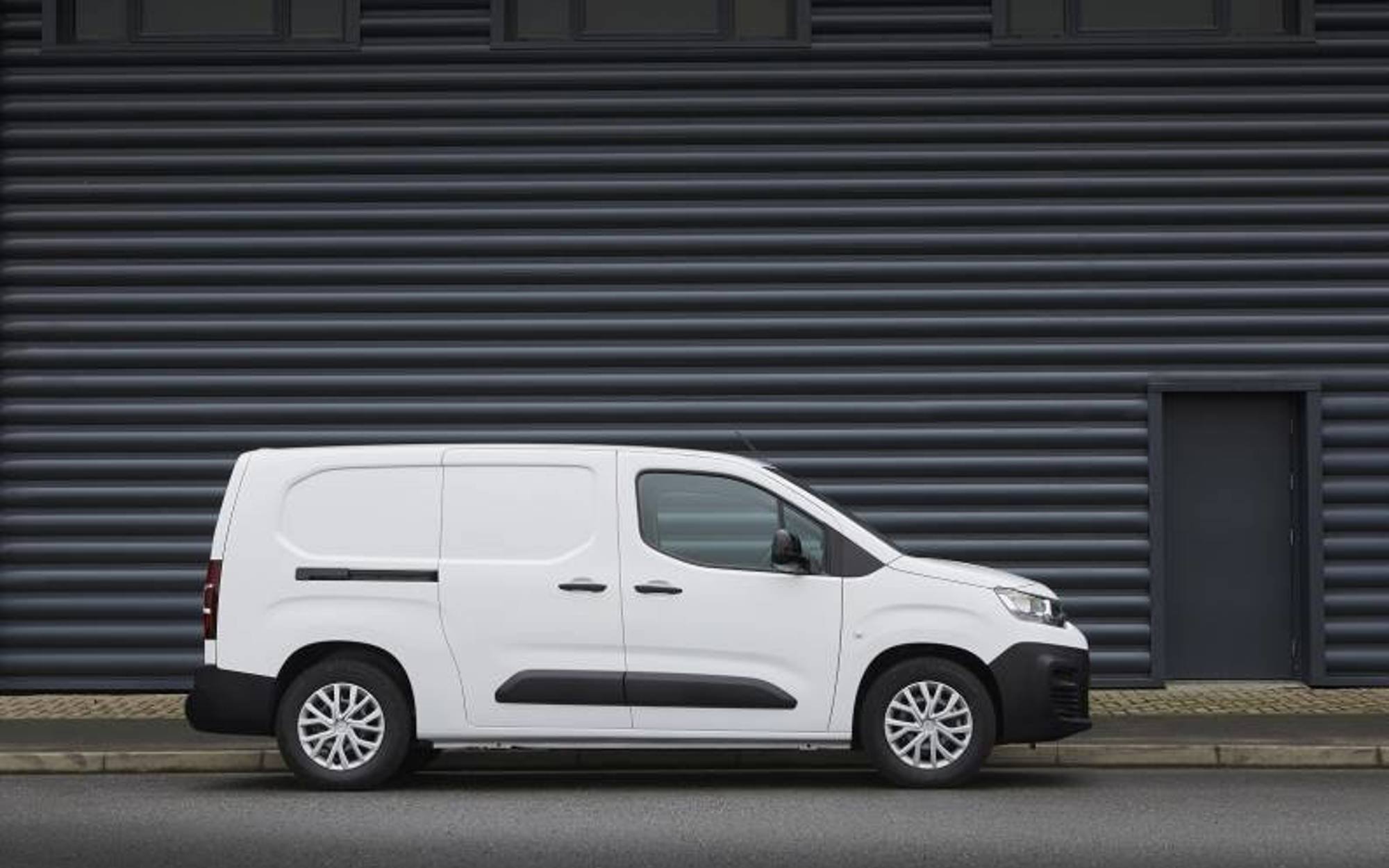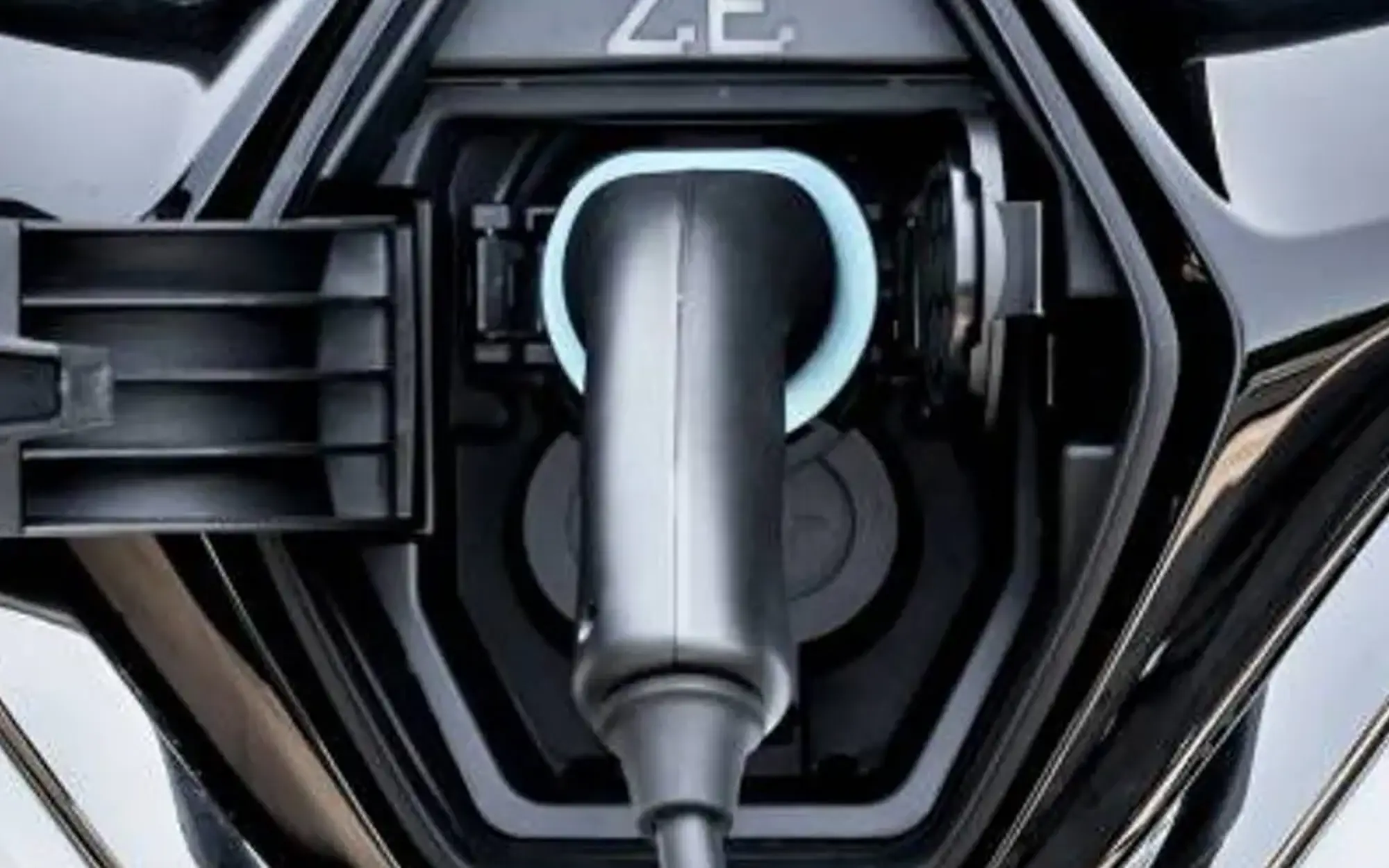
7 Tips for Driving a Van
It’s not uncommon for novice van drivers to perceive driving a van as a much more daunting prospect than driving a car.
Whether you’ve just bought your first van, drive one for work, or are simply renting to help you move house; you could be forgiven for feeling a bit apprehensive about getting behind the wheel of a vehicle which differs from a regular car.
It’s not uncommon for novice van drivers to perceive driving a van as a much more daunting prospect than driving a car. However, with a few small tweaks and considerations to your existing driving habits you can be confident in your van driving abilities.
Take in these 7 top tips for van driving and rest easy the next time you get behind the wheel of your van.
1. Get comfy
Before you even start your engine, you should take a minute adjust your seat position and mirrors to a position that is most comfortable for you.
Van driving usually requires more hours than usual spent behind the wheel so guaranteeing that you are in a comfortable driving position can help you mitigate the risk of sustaining avoidable aches, pains and injuries.
When you first settle into the driving seat the most noticeable difference you will be met with is the lack visibility from a rear-view mirror and height of your driving position.
Nevertheless, from your raised seat and with larger wing mirrors than your average car, you are in a great place to get a full view of the road. So don’t be put off by the unfamiliar feel of a van driving seat, and make sure you set yourself up for a comfortable driving experience.
2. Know your van
Getting comfortable physically is vitally important, but equally important is being content with all the bells and whistles your van has to offer.
Before you set off on any journey in your van, check that you know how to operate the vehicles electrics; such as heating/A/C, the van’s radio, its lights and its wipers.
The last thing any driver wants is to be unsure or unsafe as darkness falls or adverse weather suddenly strikes.
Another consideration to make is the dimensions of the van itself.
We’ve all had a chuckle at videos of vans or lorries scraping or becoming stuck under low bridges or car park barriers – knowing your vehicle’s confines will ensure you avoid an appearance on You’ve Been Framed.
3. Loading your van
Whether it’s loading your van with tools, goods or your favourite armchair; knowing how best to fill your van can help you to evade unnecessary injury.
Be careful when it comes to lifting heavy items and where possible avoid loading and unloading your van solo.
Whether the van is your own or not, ensuring you know the capacity of the van can also help you when it comes to knowing how much you can fit into it – last thing you want is to be left with more goods to transport than space in your van.
4. Adjusting your driving behaviour
When driving a van full of goods, slow and steady very much wins the race.
A study by Volkswagen recently revealed that even at just 30mph, a heavily loaded van takes an extra two metres to come to a halt than an empty van, with that distance increasing to five metres at 60mph.
Despite the additional risk when carrying heavy loads, over half of the drivers surveyed in the study had no idea how much longer it would take for the van to stop.
As well as braking distance, be wary of the size of your van when driving and consider the additional blind spots caused by having no rear-view.
Take extra care when turning corners and give yourself extra room when driving down narrower residential streets.
5. Parking your van
The length and width of your van will be greater than the average car.
This needs to be taken into consideration when parking it, whether that’s parallel parking on-street or reversing into a bay at a car-park.
Where possible, having a passenger who can exit the vehicle and guide you into your space is a great help.
Depending on size, make and model some vans have swinging doors at the back, so if you need to unload your van when you arrive at your destination, ensure you are parked with plenty of room left behind your vehicle in order to open its doors without causing any damage to your van or other vehicles.
6. Driver etiquette
The white van man stereotype is a very tired one. The common misconception that all van drivers operate aggressively and with complete disregard for etiquette on the roads is just that; a misconception.
When driving your van remember to be courteous to your fellow road users and remain conscious that your vehicle is bigger and therefore takes up more of the road than most cars.
Don’t take unnecessary risks at the wheel and let other road users through if you are unsure whether there is enough room for your van to pass other vehicles by.
7. Check your insurance cover
Regardless of whether the van you will be driving is yours, your business’ or a rental, knowing what level of cover it has is vitally important.
If you are using your van for work for example – to carry tools or to transport goods – you might want to explore specialist van insurance to protect your van and its contents.
Most van hire agreements will contain some level of insurance to protect the vehicle should it be damaged while in your possession, however, ensuring you read all of your rental information is crucial to your awareness of what you are and aren’t covered against in the case of an accident.
In addition to van insurance, it is imperative for you to know what level of breakdown cover you are protected by in the unfortunate event that your van breaks down.
If your van is being used for work purposes, you will likely need to be covered by a commercial breakdown policy as most consumer policies will not cover a business vehicle being used for business purposes.
Different breakdown providers will offer different levels of cover and ensuring you have the correct cover for your vehicle will give you complete peace of mind that your vehicle will not suffer costly down time.
Additional cover features such as like-for-like van-for-van replacement by the RAC can help keep you moving even when your van isn’t.
Business Breakdown Cover
Keep your business moving
Pay monthly from £11.00 per vehicle – exclusive to the RAC




